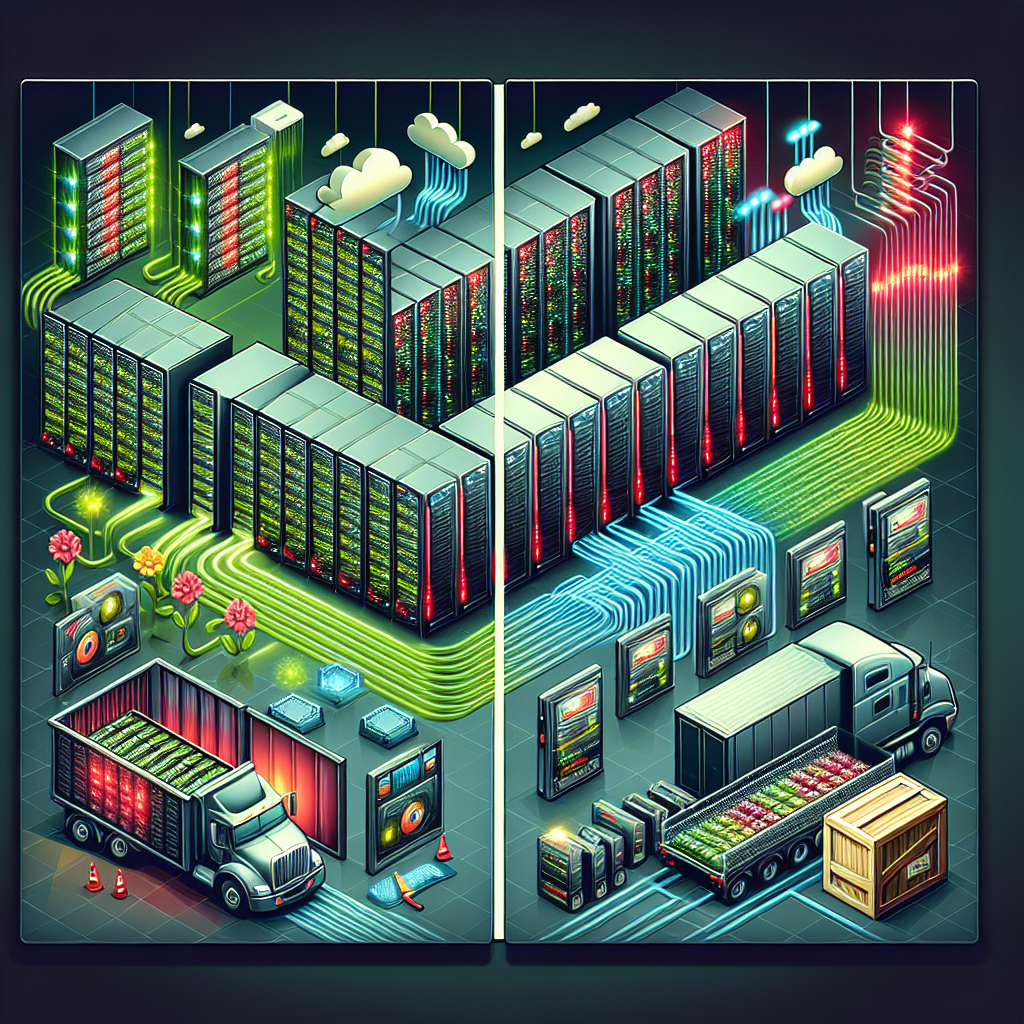Data centers are the heart of any organization’s IT infrastructure, housing critical data and applications that are vital for the business to operate smoothly. With the increasing reliance on technology, the need for robust data center backup and recovery solutions has never been more important. In the event of a disaster or data loss, having a comprehensive backup and recovery plan in place is essential to ensure business continuity and minimize downtime.
Data center backup and recovery solutions encompass a range of technologies and strategies designed to protect and recover data in the event of a disaster or system failure. These solutions are crucial for ensuring that critical business data is safe, secure, and easily recoverable in the event of a data loss event.
There are several key components to consider when developing a comprehensive data center backup and recovery plan. These include:
1. Data Backup: The foundation of any data center backup and recovery plan is regular data backups. This involves making copies of critical data and storing them in a secure location, either on-site or off-site. There are several methods of data backup, including full backups, incremental backups, and differential backups, each with its own advantages and disadvantages.
2. Data Replication: Data replication involves creating exact copies of data and storing them in multiple locations. This ensures that if one copy of the data is lost or corrupted, there are additional copies available for recovery. Data replication can be done synchronously or asynchronously, depending on the level of redundancy required.
3. Disaster Recovery Planning: In addition to regular data backups and replication, it is important to have a comprehensive disaster recovery plan in place. This plan should outline the steps to be taken in the event of a disaster, including how data will be recovered, who will be responsible for managing the recovery process, and how long it will take to restore operations.
4. Data Center Backup and Recovery Solutions: There are a variety of data center backup and recovery solutions available on the market, ranging from traditional tape-based backups to cloud-based solutions. Some popular backup and recovery solutions include:
– Tape Backup: Traditional tape backups involve storing data on magnetic tapes, which are then stored off-site for safekeeping. While tape backups are a cost-effective solution, they can be slow and cumbersome to restore data from.
– Disk Backup: Disk-based backups involve storing data on hard drives or solid-state drives, which offer faster backup and recovery times compared to tape backups. Disk-based backups can be stored on-site or in the cloud for added redundancy.
– Cloud Backup: Cloud-based backup solutions involve storing data in the cloud, allowing for easy access to data from anywhere with an internet connection. Cloud backup solutions are scalable, cost-effective, and offer automated backup and recovery processes.
– Virtualization: Virtualization technology allows organizations to create virtual copies of servers and applications, which can be easily backed up and recovered in the event of a disaster. Virtualization technology can help reduce downtime and improve recovery times.
In conclusion, data center backup and recovery solutions are essential for protecting critical business data and ensuring business continuity in the event of a disaster. By implementing a comprehensive backup and recovery plan that includes regular data backups, data replication, disaster recovery planning, and utilizing the right backup and recovery solutions, organizations can minimize the risk of data loss and downtime, and ensure that their IT infrastructure remains resilient and secure.


Leave a Reply